Samsung NX30 review
The Samsung NX30 DSLR-style CSC has been re-booted for 2014
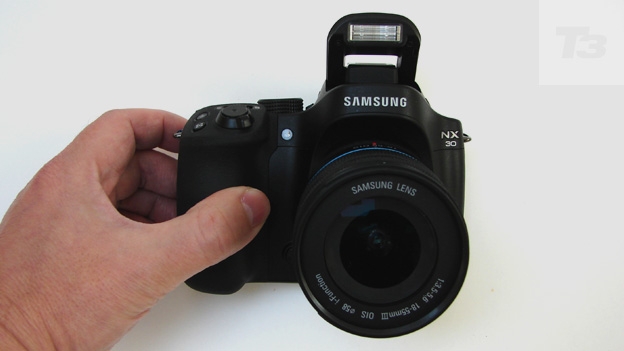
-
+
Intuitive operation
-
+
Great pictures
-
+
Tilting and swivelling screen
-
-
High price tag
-
-
SD card and battery slot
-
-
No standalone charger
Why you can trust T3


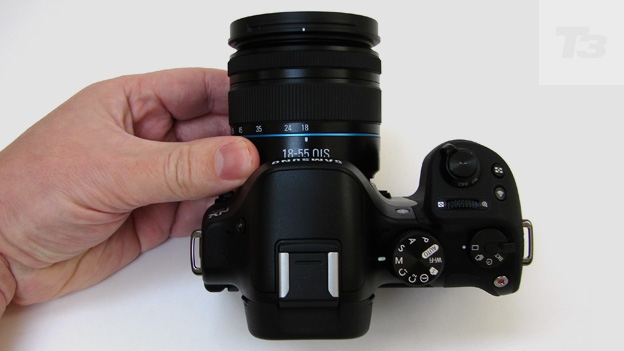
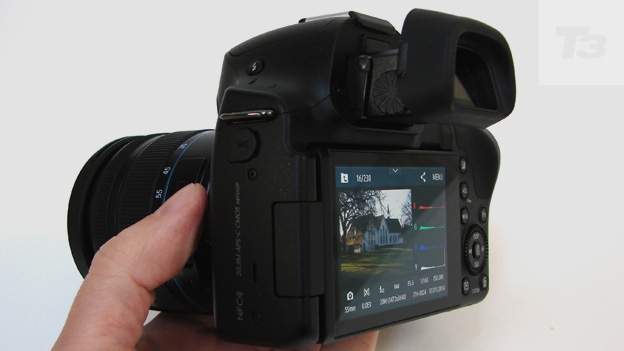
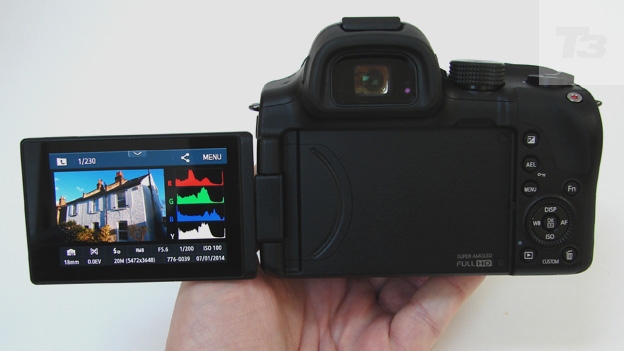
Samsung's rebooted compact system camera comes with tilting eye-level viewfinder and a tiltable AMOLED screen. Check out our Samsung NX30 review
A recent survey suggested consumers were of the impression that compact system cameras (CSCs) with their interchangeable lenses were one and the same as the digital SLRs that many of them resembled: there was no need for manufacturers to segregate the two markets.
Samsung doesn't produce DSLRs, yet its latest high-end CSC certainly, deliberately, resembles one. You only have to glance at the new Samsung NX30 to get the message that this is a premium piece of kit, confirmed by its maker's £899 suggested price, which thankfully includes an optically image stabilised standard 18-55mm zoom.
But there are plenty of alternatives at a similar cost, including the more obviously retro styled Fujifilm X-Pro1 and X-E1 series and the Olympus OM-D E-M1. So what are the stand out features of the NX30, a camera that with its curved edges, gentle slopes yet chunky rubberised grip looks thoroughly modern?
For starters, like all Samsung NX models the NX30 features an APS-C sensor a physical size match for those found in consumer level digital SLRs. It also boasts the same high 20.3-megapixel resolution as its siblings and NX20 predecessor.
But where it differs is that users get a choice of composing and reviewing shots via an eye-level electronic viewfinder with built-in eye sensor that on the NX30 for the first time can be pulled outwards and tilted upwards, so we're looking down at our image.
Alternatively there's the choice of feasting our eyes on the larger back plate AMOLED display that also tilts and swivels, whilst offering touch screen control, so we can spread our fingers to zoom into a captured image for example, or pinch our fingers together to zoom back out.
As it sounds, this was a camera that we were able to pick up and start using straight away, though you don't have to dig too deep to discover that the complexity is there for those who want more in the way of manual control.
Samsung NX30: Controls
The NX30 offers users the ability to control the camera via a mix of physical dials and buttons - including, to get us started, a shooting mode wheel - plus their virtual on-screen equivalents.
There are also enough customisable buttons and controls, not to mention compatibility with Samsung's Function lenses - which allow key camera functions to be selected with a twist of the lens barrel - that there is an almost head scratching-ly extensive amount of hands-on control to be had by those who want it. For those who don't, it's possible to fall back on the camera's smart functions and simply point and shoot.
In all the NX30 handles like a cross between an entry-level digital SLR and a point and shoot camera, but with dedicated dial access to the likes of drive modes and bracketing options, and buttons for exposure compensation and metering modes that will undoubtedly appeal to enthusiasts also.
It is, as you'd expect with a camera that resembles a more friendly-looking version of a DSLR, quick and responsive in operation too. We only had to have the idea for the picture we wanted to take before we were staring at it on the back screen.
We never felt we had to think too hard or found ourselves frustrated and digging around for the options we wanted - ISO, for example, is handily included as one of the settings on the backplate scroll wheel rather than buried within the menus.
As is de riguer these days, what is secreted within the menus, if using one of the camera's creative shooting modes, is the usual slew of digital effects - including cityscape-shrinking miniature option - with options clearly presented. It feels like the NX30 pretty much has all the boxes ticked.
Samsung NX30: Screen
As already noted, NX30 users have the choice of composing stills and video via the tilting and swivelling 3-inch back panel display - AMOLED rather than LCD in order to provide better contrast and deeper blacks.
In our experience this type of screen can actually make the images appear more dynamic when viewed in-camera than they are in reality once downloaded to your desktop.
The other option is to use the much smaller eye-level electronic viewfinder (EVF), which has a large and comfortable DSLR-like eye relief, along with manual adjustment for the short sighted among us, plus, on this model in particular, can be pulled outwards and itself tilted, clicking back neatly into place when done.
The rubber coating to the EVF and the grip, along with the fact that the screen is a touch screen, all serves to make the NX30 very tactile to use. It feels comfortable in the hand, and a natural extension of your arm when shooting.
Also, Samsung conveniently provides a built-in eye sensor on the EVF, which automatically switches it on or off when an eye is brought level with it, or taken away. Thus there is nothing to interrupt the flow of your photography - or indeed videography, as here we get the Full HD clips with stereo sound too.
It's also worth noting the high resolution and clarity provided via the two compositional screens. Both offer 100% field of view, so what you witness in reality is what you get in the final image.
The larger AMOLED screen offers up 1,037K dots for our eyeballs to feast on, while even the smaller EVF really pushes the boat out with the highest in its class resolution of 2,359,000 dots. Really Mr Samsung, you are spoiling us! However in practice we did find ourselves leaning towards use of the larger screen, simply because bigger is often better as a viewing aid.
Samsung NX30: Battery
The NX30 comes with a chunky lithium-ion rechargeable battery that conveniently slots into place in the base of the camera's handgrip. One observation here: this compartment is shared with a slot for the SD card when there was surely room for a side-mounted slot on the handgrip, which then wouldn't be compromised/blocked off if you were to attach the NX30 to a tripod.
While that is more a preference than a deal breaker in itself, it's also a shame at this higher price point that like an increasing number of mid-priced compacts (which this certainly isn't) the NX30's battery is recharged in-camera via provided USB lead and similarly enabled mains plug.
There is no standalone charger, which would otherwise enable a spare battery to be charging while we were using a fully replenished one in the camera. Still, to end on a positive note, a power performance of around 350-360 shots from a full charge is up there with the best in its CSC class.
Samsung NX30: Picture quality
On the camera's rear screen our shots looked stunning - and on our desktop they looked, well, pretty good nonetheless, with the kit lens maintaining edge-to-edge detail, and from foreground to background.
As with all the Samsung range if you're shooting JPEG in the main (though Raw is obviously an option here too) you'll have very little if any adjustment needing to be made to your shots.
Exposure and colour is spot on for the most part. Thus the NX30 will have obvious appeal for anyone trading up from a simpler camera or even a smartphone or tablet.
Using just the standard zoom we were able to achieve shallow depth of field effects that really drew the eye. Naturally there is one touch 1,920 x 1,080 pixels video recording too, with a dedicated if small record button located top right of the camera back for the purpose, and inset, so as to avoid accidental activation.
Auto focus adjustment as we altered subjects mid flow was fluid and silent, the subject almost imperceptibly fading up to full sharpness rather than snapping into focus in slightly jarring fashion. A tap of the play button centre of screen replays your clips instantly.
Samsung NX30: Verdict
The NX range has a lot of attractions - the larger, APS-C sized sensor, the fact that in terms of connectivity (NFC, Wi-Fi and the like) we've always found Samsung models much easier to get up and running than rivals - and then the fact that the images produced need little or no adjustment at all.
You'll be considering the NX30 in particular if you like the traditional DLR shape and feel, but appreciate more recent extras, such as a tilting and swivelling LCD screen, and here the pull out and tilt electronic viewfinder.
It handles well, it's responsive, it takes clear and punchy pictures, and apart from the price tag, which is sure to come down after launch anyway, we have very few grumbles.
Samsung NX30 release date: Out now
Samsung NX30 price: £899
Sign up to the T3 newsletter for smarter living straight to your inbox
Get all the latest news, reviews, deals and buying guides on gorgeous tech, home and active products from the T3 experts
Gavin Stoker has been writing about photography and technology for the past 20 years. He currently edits the trade magazine British Photographic Industry News - BPI News for short - which is a member of TIPA, the international Technical Imaging Press Association.
-
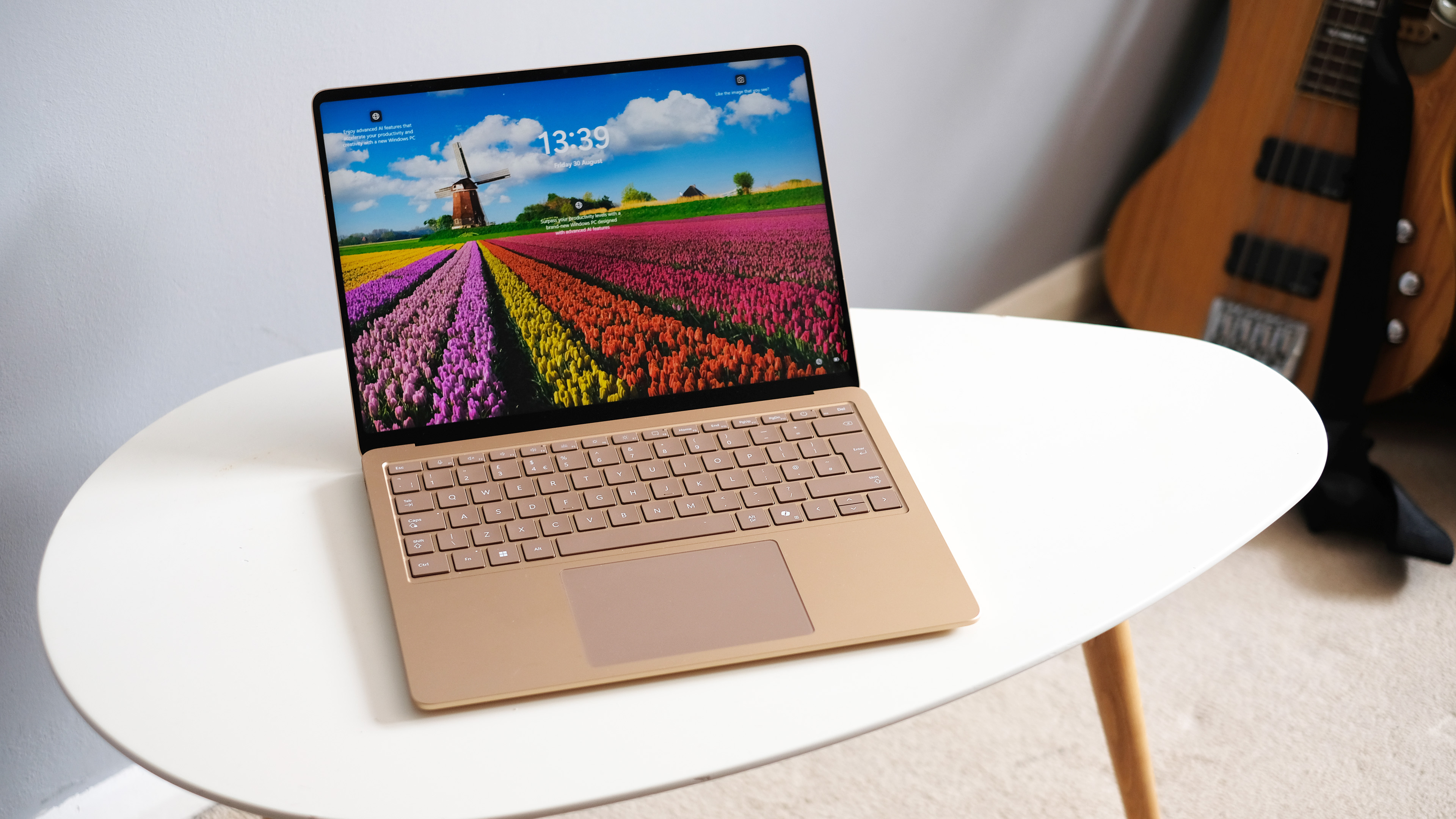 I tried a Snapdragon feature that's a game-changer for Netflix, Amazon and more
I tried a Snapdragon feature that's a game-changer for Netflix, Amazon and moreMoises Live can isolate and enhance audio in real-time using the Elite X's NPU
By Mike Lowe Published
-
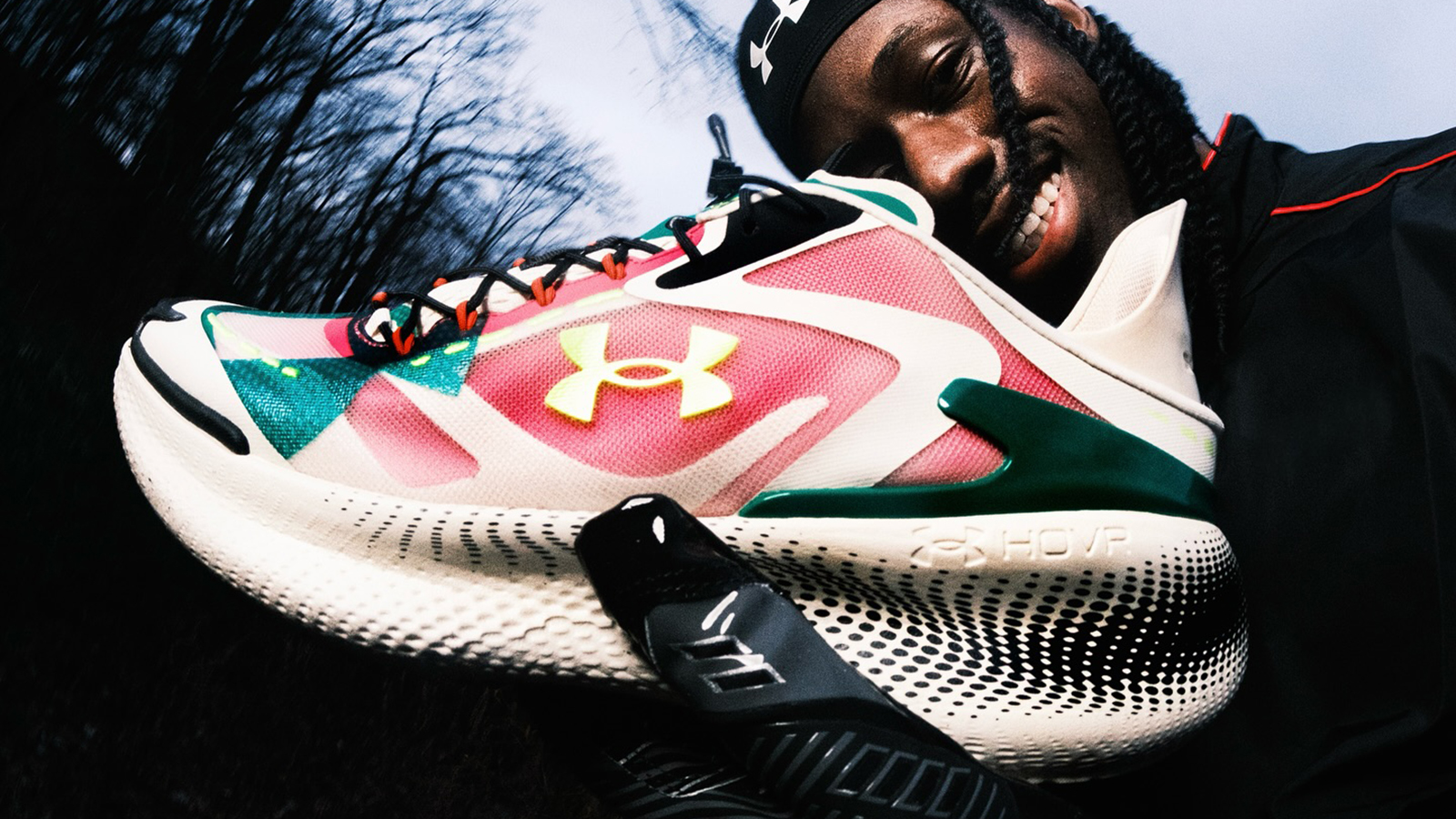 Under Armour's new sneaker doesn't play by the old rules
Under Armour's new sneaker doesn't play by the old rulesIf this is the future of the brand, it's off to a running start
By Matt Kollat Published
-
 YETI just made bowls cool – literally. And also figuratively.
YETI just made bowls cool – literally. And also figuratively.New YETI design, same bear-proof energy
By Matt Kollat Published